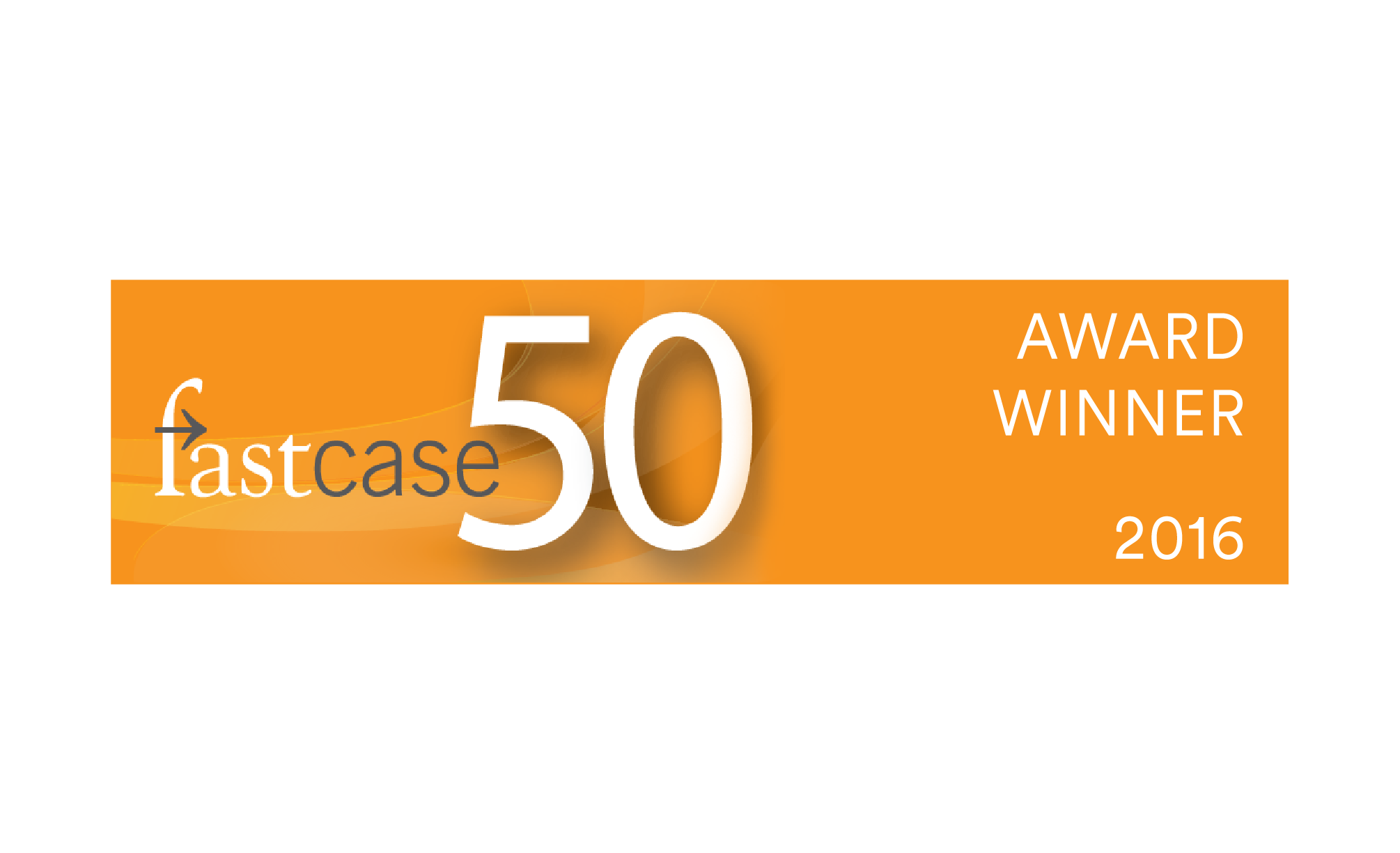
Tucked in with the promise of prosperity, job creation, and fiscal restraint in the federal government’s recent budget was another commitment: to move forward with changes aimed at improving caseload management at the Tax Court of Canada.
The Department of Finance has proposed changes aimed at improving the court’s efficiency and enhancing access to justice. It’s a step in the right direction, according to the Ontario Bar Association and tax lawyers, but they warn that the government needs to be cautious where it treads.
“The proposals are a good starting point. However, the changes need to be carefully considered. The proposals should be amended to guard against unintended consequences,” said Peter Aprile, principal of ATX Law in Toronto.
“The proposals are a good starting point. However, the changes need to be carefully considered. The proposals should be amended to guard against unintended consequences,” said Peter Aprile, principal of ATX Law in Toronto.
Such unintended consequences might include, for example, the use of what are called common questions, perhaps the most controversial change proposed. In recent years, the tax court has seen an increase in the number of appeals where issues and facts common to two or more taxpayers are repeatedly litigated.
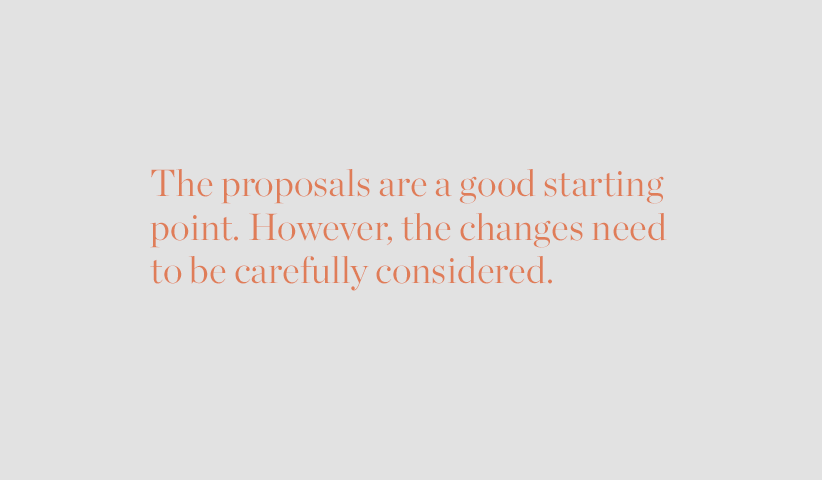
At present, each appeal is addressed separately. The proposals seek to bind groups of taxpayers together whose appeals contain similar facts and issues.
“There does need to be a mechanism so the court can bind the group, but the proposal raises concerns,” said Aprile. In particular, he said the process by which taxpayers would be bound by a decision. “It’s an opt-out method instead of an opt-in method. The opt-in method would allow taxpayers to have the choice and be better informed.”
The OBA pointed out that, although taxpayers may have a similar question arising out of similar facts, those facts may not be identical, and seemingly minor factual differences may be important to the final outcome of the case. In addition, the taxpayer listed as the lead case may be self-represented or may dismiss counsel midway through litigation. Or the lead taxpayer may decide to settle or give up on the litigation, leaving other taxpayers to start over again with another test case.
“In essence,” the bar association said in its submission, “this proposal would bind all taxpayers and may create a situation where taxpayers are asked to contribute to a test case fund to pay counsel over whom they have no choice and no control, in order to protect their own interests. Or it may be that taxpayers choose not to fund the test case but are then bound by the result anyway.”
The proposed changes may also lead to an increased number of informal procedure appeals, Aprile said.
At present, two options exist for Canadians who want to appeal a tax assessment: the informal procedure and the general procedure. The former, according to a backgrounder released by the finance department, provides for a simpler, less formal process and reduces costs and delays.
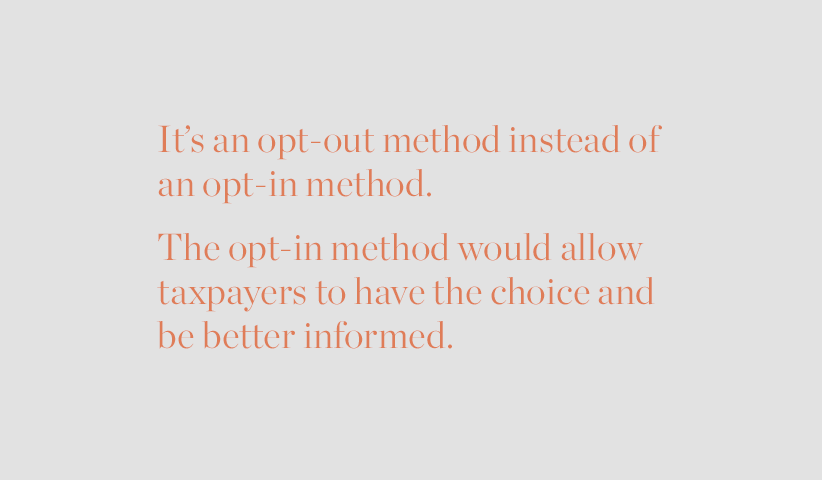
Money determines whether a taxpayer can take advantage of the informal procedure. Currently, the cutoff limit for appeal — what the finance department calls the “aggregate of all amounts” — is $12,000 in federal tax, or $24,000 in losses. The government wants to more than double the limits to $25,000 and $50,000, respectively, with further increases likely in regulations that would flow from the legislation.
It’s not quite as straightforward as the department’s backgrounder would indicate, Aprile said. “The $12,000 informal procedure limit is comprised of federal tax and federal penalties. However, many people do not appreciate that the amounts at stake, practically speaking, are much larger once interest, provincial tax and provincial penalties are considered. The informal procedure limit is bigger than it initially appears.”
The OBA supports raising the limits to $25,000 and $50,000, but no further. As well, the OBA Tax Section Executive, which prepared the submission to government, recommends a change to the definition of aggregate of all amounts, “given that it does not consider the total of all amounts in issue for all years assessed and can, therefore, lead to unintended results.”
In the OBA’s example, under current rules a taxpayer with $11,000 of federal tax and penalties in dispute each year for 10 years can elect to have his or her appeal heard under the informal procedure rules. However, a tax-payer with $13,000 of federal tax and penalties in dispute for a single year is not eligible to go this route.
Another potentially significant change involves pro-tanto judgments, or those that dispose of part, but not all, of an appeal. Under existing law, a taxpayer may appeal an assessment for a particular taxation year. Where the assessment involves more than one issue, they must all be dealt with within a single appeal.
The government believes there are instances where it would benefit everyone to allow the tax court to dispose of one or more such issues separately. According to the finance department, separating the issues would “enable a more efficient workflow for the Tax Court and would allow tax-payers to better manage their appeals.”
There is general agreement with this approach, but there are concerns with the process. “Proposals for a pro-tanto judgment require both parties to agree. I don’t think consensus should be required for one party to bring forth a motion,” said Aprile, a signatory to the OBA submission.
Furthermore, he said, changes will be required to the issue of notices of assessment and reassessment if the system is to flow smoothly. “It would be prudent to have notices of assessment that clearly delineate each issue.”
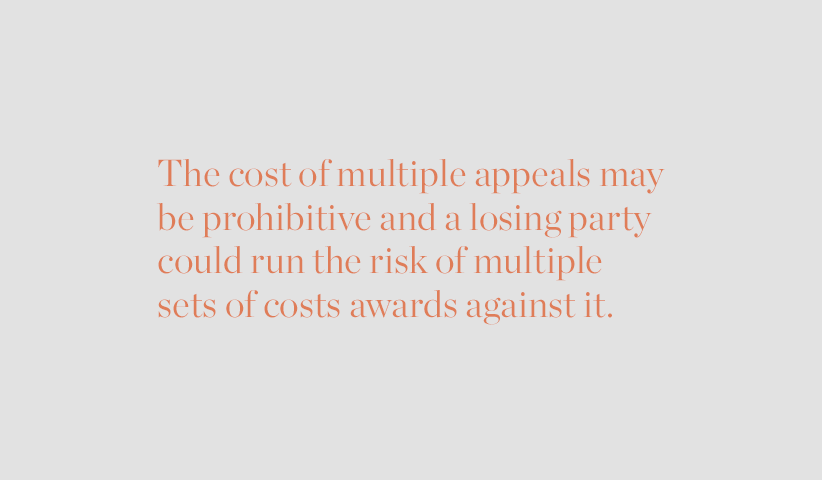
The OBA also recommends that the legislation be amended so that if a pro-tanto judgment results in a refund owing to the taxpayer, the government must pay it notwithstanding other issues still before the tax court.
There are also jurisdictional concerns with the proposed changes. The proposals provide that taxpayers could appeal a pro-tanto judgment to the Federal Court of Appeal while the remaining issues continue to be dealt with at the tax court. “The FCA may not wish to hear two or more appeals by the same parties regarding the same taxation year but would likely prefer to hear one appeal that would cover all issues,” the OBA said in its submission.
“The cost of multiple appeals may be prohibitive and a losing party could run the risk of multiple sets of costs awards against it,” the authors added. They also pointed out that given the time limits for filing appeals under Federal Court of Appeal rules, the parties may be involved in an FCA appeal on one issue while the tax court litigation is still proceeding on the remaining issues.

.jpg?width=120&name=Counter%20Tax%20Litigators%20Logo%20Stacked%20(MidnightBlue%20on%20White).jpg)












.png?width=400&height=400&name=CT-How_Can_We_Help-22_july_NewGraphic_b(small).png)

.png?width=1386&height=1224&name=2025%20Legal500%20Elite%20Boutique%20Award%20(Badge).png)
.png?width=1386&height=1224&name=ITR%20Finalist%20Practice%20Leader%20of%20Year%20Peter%20Aprile%202024%20(Badge).png)
.png?width=1386&height=1224&name=2025%20Legal500%20Leading%20Firm%20Client%20Satisfaction%20Award%20(Badge).png)
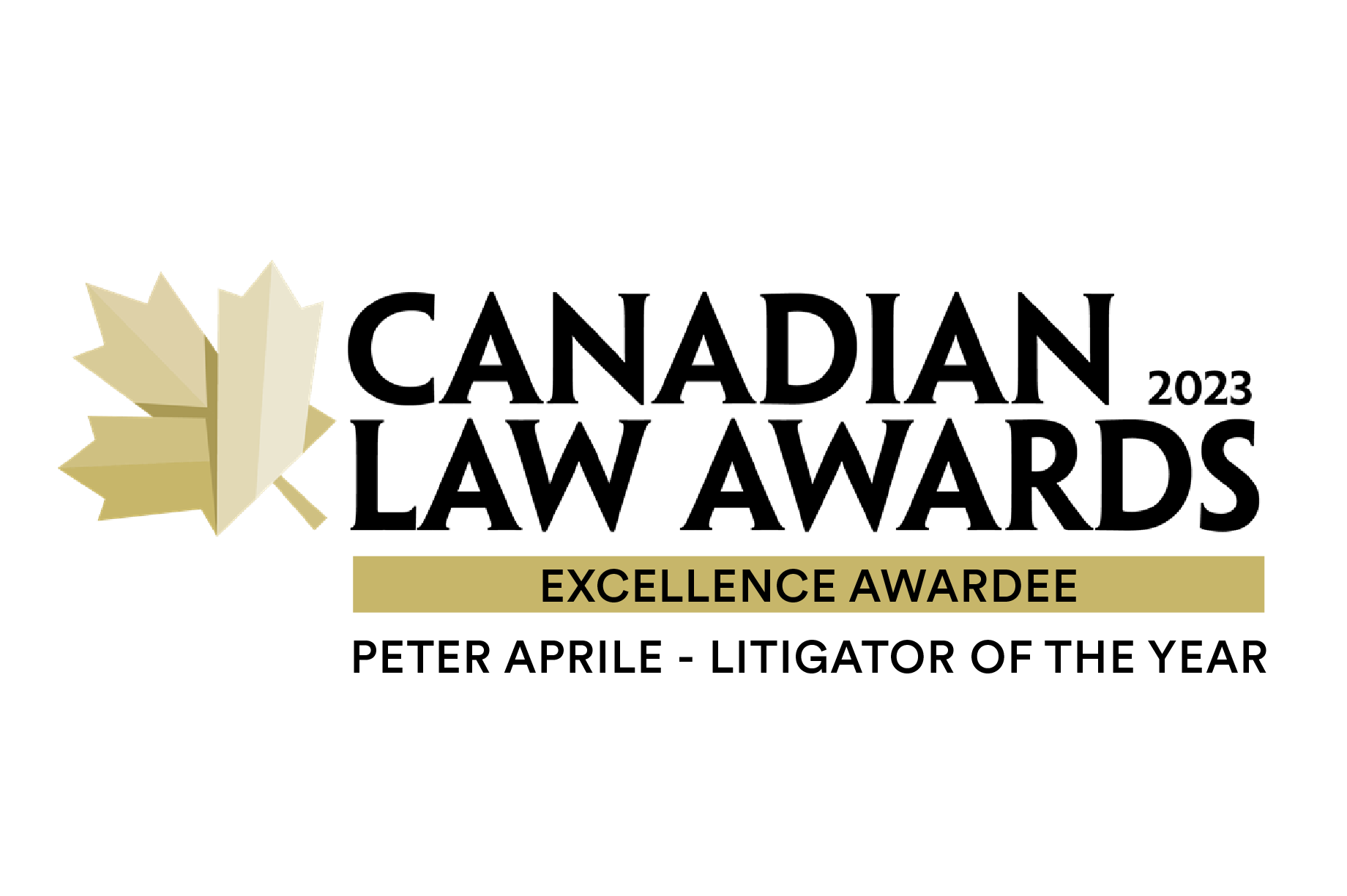




.png?width=1386&height=1224&name=ITR%20Tax%20Innovator%20Finalist%202024%20Award%20(Badge).png)




